
Having no building experience whatsoever, and about to build a 2600 sq ft house from scratch, I've had to do a lot of research to find plans that could be modified to fit my particular situation.
I knew I wanted to add on to the original structure of the barn, pictured below:

I could have an architect draw some up for me, of course, but that would cost a small fortune. And building seems rather straightforward. I thought I could either modify a set of plans, or borrow some ideas to create my own thing.
Once I broke the structure up into first story frame, and roof, and decided to just focus on the pole barn side of it, and deal with the gambrel roof later, I found solutions. The following website in particular was what I based almost my entire first floor post and beam ideas on:
http://www.savillehillfarm.com/BarnBuilding.htm
This site details briefly a family's experience with building their own pole barn from a kit. They detail the process step by step, give all the dimensions of lumber, and lengths. So since this all came from a kit I figured it would be a rather reliable standard to go by.
I knew my four rows of posts 12 feet apart didn't cut it. Especially since the outside rows were composed of 4x4's, twisted and cracked. In their kit everything was a 6x6, and only 10 feet apart. So I decided that instead of putting more posts into the ground, I'd build a perimeter foundation, lay down sill plates, and put intermediate posts (or doubled studs) between the main posts, 4' o.c. And the 4x4's would also be beefed up into essentially 8x8's with 2x's all around them, boxing them in.
In the above kit they used boards for beams, one on either side of the post, run parallel, with blocking between to stiffen them, and the beams rested on short cleats on the posts. I thought I could kill two birds with one stone by running my cleats all the way down to the block (foundation), and beef up the posts at the same time. Their beams were made of 2x12 boards, whereas I went with 2x10's, which was all I could get locally, and I think okay, considering I would have doubled studs every 4' supporting the beams.
What I was hoping was that I could keep the original structure of the barn, which was pretty level, and plumb, and just remove one board at a time, and replace it with new wood. But unfortunately I had to demolish quite a bit of the structure, and abandon all his old marks, as I went along. I wanted to preserve as much as possible of the original builder's ideas for this structure. I liked the notion of picking up where someone else left off, rather than wiping it out.
I started with the right side of the barn, the second post back. The first thing to do was detach the girts from it (the upper horizontal boards seen in the above photo), and try to get it plumb. The posts, especially the 4x4's, were enough out of plumb that something needed done about it. It looked like the whole structure might have rocked south a little.
I took a rope and tied it to the top of the post. I then attached a nail sort of low down two posts back. I pulled the rope hard to move the post where I needed it, then wrapped the rope around the back post and tied it, and the nail kept it from slipping up the post. This technique worked well. The 12' posts were much easier to move than I thought they'd be. Once the post was plumb, I reattached the eave girts as braces to hold it, either lower down, or at an angle, so they wouldn't be in the way of the boards I was putting up.
I'd decided to go with exactly 12' as the height of the top of the beams, so that my studs would be 12'. So I just substracted the width of my 2x10 from 12' to get the length of my cleat. Since the cleat went all the way down to the block on both the inside and outside of the post, I used more of the borate treated wood. I put a small piece of seam sealer foam between the edge of the board and the block. I attached the board with both drywall screws and 16d nails, using an 8" C clamp to tighten the board to the post. My thinking in putting the cleats up first was that then I'd have something to set the heavy 12' 2x10 on as I tried to fasten it. Otherwise I didn't know how I'd ever prop it up there.
Getting the 2x10 up at first seemed impossible. I tried to walk up it with the ladder, and hold it in position - no way. Too heavy, and all that weight spread over 12', while I tried to climb a shaky ladder. I had to sit and think for a moment. Then I came up with the idea of propping the board up diagonally on a brace (a girt nailed up at about mid-height), then walking the other end up the ladder, setting it on the ladder, and attaching a rope from this end to one of the upper girts, or top of a post. Then I went back and tied a rope to the other end of the board, and raised it higher. I kept raising each end higher and tying it off until I was close to where I needed to be. It took about a half hour, but eventually I got the board up on the cleats. I held it there with bungee cords, then fastened it with 2 1/2" drywall screws and 3" 16d nails. Here's a photo:
 You can clearly see the girts removed and used lower down as braces. The cleat on the left is the green borate because it goes down to the block, while regular framing wood is on the right, because it's on top of a sill plate.
You can clearly see the girts removed and used lower down as braces. The cleat on the left is the green borate because it goes down to the block, while regular framing wood is on the right, because it's on top of a sill plate. The next step was to duplicate what I did on the inside of the barn on the outside. Both cleats on the outside went down to the block, so both were borate. I put up another 2x10 on top of the cleats, this time on the outside of the posts. It was harder in the sense my ladder was much lower down and on the uneven ground, rather than inside the barn on the graded dirt. But what helped is that I had the first 2x10 to tie my rope to, to pull the second board up.
The next step was to duplicate what I did on the inside of the barn on the outside. Both cleats on the outside went down to the block, so both were borate. I put up another 2x10 on top of the cleats, this time on the outside of the posts. It was harder in the sense my ladder was much lower down and on the uneven ground, rather than inside the barn on the graded dirt. But what helped is that I had the first 2x10 to tie my rope to, to pull the second board up. You can see the ropes still taut that were used to pull the posts plumb. Here's a closeup of the joint between the notched top of the stud and the 2x10 beam, before it was doubled:
You can see the ropes still taut that were used to pull the posts plumb. Here's a closeup of the joint between the notched top of the stud and the 2x10 beam, before it was doubled: A shot from far back with the stud in:
A shot from far back with the stud in: A shot from outside the barn once I had both doubled 2x6 studs in at 4'o.c., and that wall was essentially finished, minus the blocking:
A shot from outside the barn once I had both doubled 2x6 studs in at 4'o.c., and that wall was essentially finished, minus the blocking: Here's a photo of me working on the next post, dismantling eave girts:
Here's a photo of me working on the next post, dismantling eave girts: If I could do it over again, I would have used a 10' ladder, instead of an 8'. But the 8 footer was on sale at Home Depot for $90, so I went with that.
If I could do it over again, I would have used a 10' ladder, instead of an 8'. But the 8 footer was on sale at Home Depot for $90, so I went with that.
Here more 2x10's are up, front and center, and the kids have made a seesaw using a stump and old board:

 You can see a couple of things here. For one I've used my first joist hangers, to put up the 2x10 on the other side of the studs that creates the beam. I first measure where the hangers go, draw plumb lines (using a torpedo level), attach the hangers with just 2 screws, then go through the tedium and agony of getting the joist up into the hangers. To make life easy on myself I could have cut the joist a little short and just dropped it into the hangers. But no I cut the joist exactly to fit, and actually pounded it into place with a rubber mallet. This makes a great tight hold, which is what I'm going for, but it makes getting the joist in a nightmare. I'm going to have to come up with a better technique. Once I have the joist where I want it, I unscrew the hangers and move them in to place, clamp them with little C clamps, and fasten them completely.
You can see a couple of things here. For one I've used my first joist hangers, to put up the 2x10 on the other side of the studs that creates the beam. I first measure where the hangers go, draw plumb lines (using a torpedo level), attach the hangers with just 2 screws, then go through the tedium and agony of getting the joist up into the hangers. To make life easy on myself I could have cut the joist a little short and just dropped it into the hangers. But no I cut the joist exactly to fit, and actually pounded it into place with a rubber mallet. This makes a great tight hold, which is what I'm going for, but it makes getting the joist in a nightmare. I'm going to have to come up with a better technique. Once I have the joist where I want it, I unscrew the hangers and move them in to place, clamp them with little C clamps, and fasten them completely. The front 6x6's have been boxed in with 2x material on three sides, and become truly massive posts. I like the look.
The front 6x6's have been boxed in with 2x material on three sides, and become truly massive posts. I like the look.











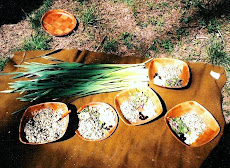









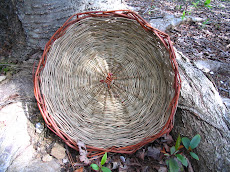



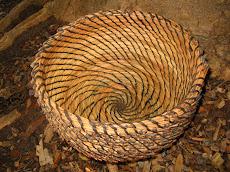



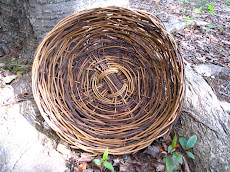

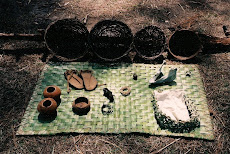


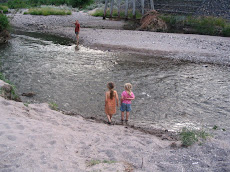

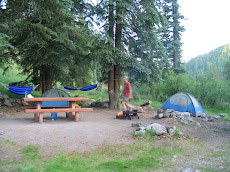


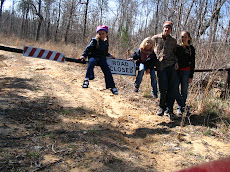

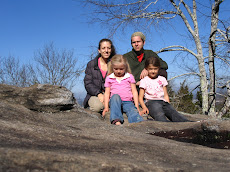




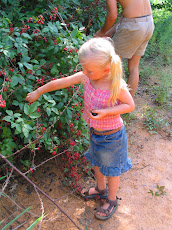








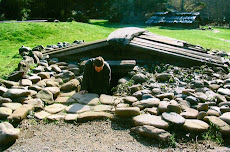

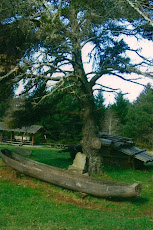



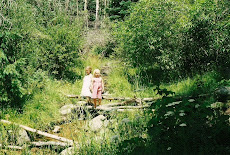
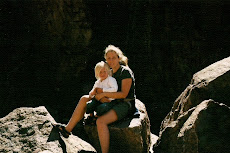
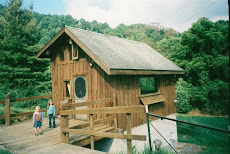


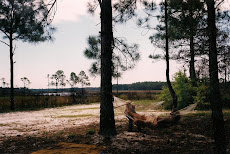

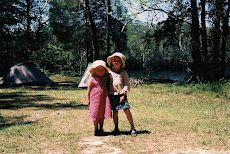.jpg)

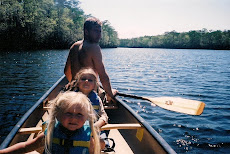.jpg)

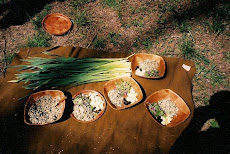
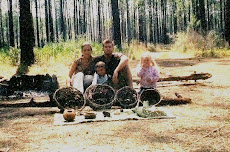
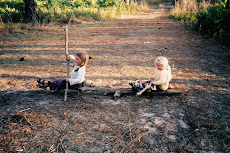.jpg)

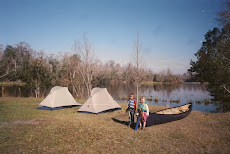

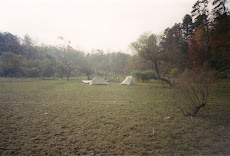
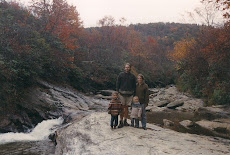
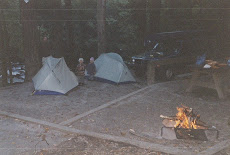


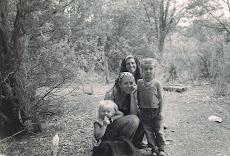.jpg)
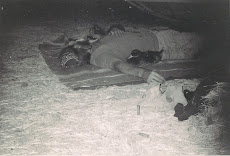.jpg)
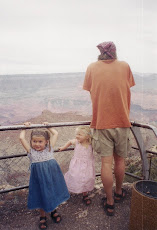
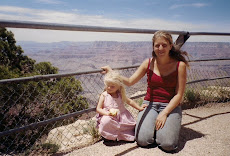.jpg)
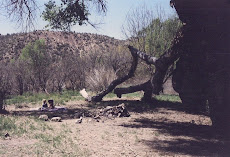.jpg)
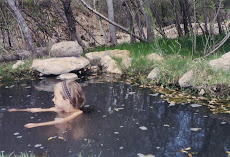
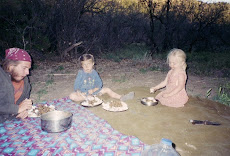.jpg)
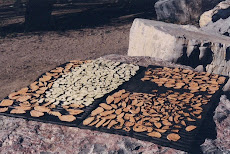
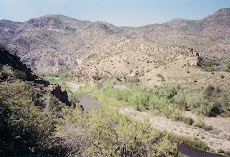.jpg)


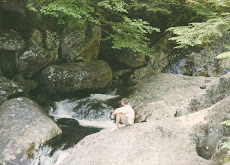

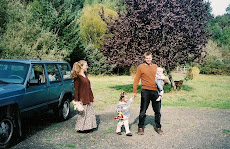

















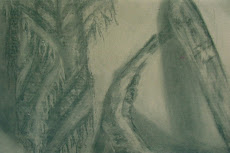

No comments:
Post a Comment